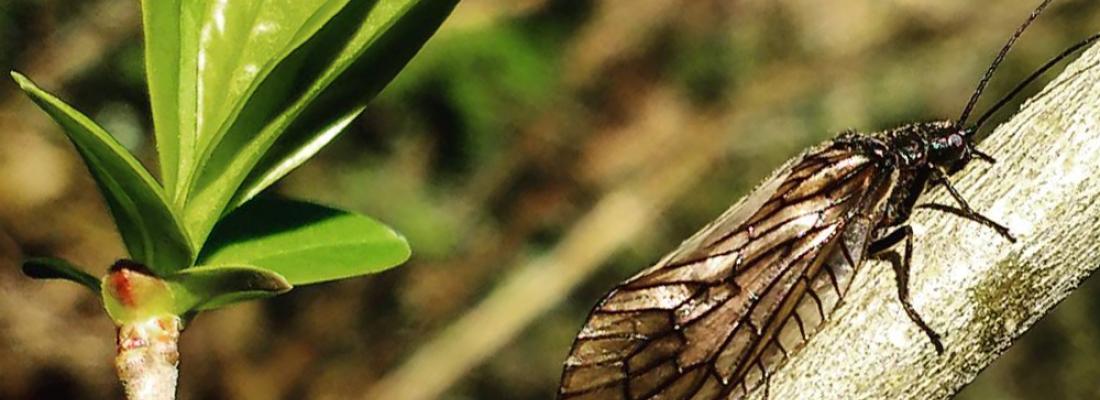Biodiversity Reading time 2 min
The importance of aquatic insects in agriculture
Published on 20 January 2021

Aquatic ecosystems are omnipresent in agricultural landscapes. Brittany for instance has on average 1 km of watercourse for every 1 km² of land in rural areas. In order to transform the current agricultural model towards a more sustainable model based on agroecological practices, it is important to know the full potential offered by exchanges between ecosystems and how they can participate in agroecosystem functioning. The AQUALAND project has provided initial elements by quantifying the organic matter inputs of aquatic origin generated by the emergence and aerial dispersal of adult aquatic insects in intensive agricultural systems. It also studied the extent to which these inputs could contribute to providing ecosystem services for agriculture. The project was based on field work carried out in 2016 and 2017, across 24 study sites in the French department of Ille-et-Vilaine.
In natural or semi-natural environments (forests, heathlands), the aquatic insect communities found in running water habitats are particularly diverse. Agricultural practices have an impact on the intensity and extent of insect fluxes that emerge and spread from watercourses.
Fertilisation of agricultural land, pollination, decontamination of rivers
Nutrients of aquatic origin contribute to soil fertilisation. They are significant at the end of winter, at a time when inputs from the land are low. Moreover, these aquatic inputs are particularly rich in nutrients (amino acids and fatty acids). Aquatic insects can be an essential food resource near watercourses for the natural enemies of crop pests – e.g. carabid beetles, spiders - and indirectly contribute to the regulation of these pests.
Some species of adult aquatic insects actively participate in pollinating crops or their surroundings, in particular Trichoptera and Empididae (Diptera), and may generally be prey for terrestrial predators also involved in pollination such as bats and birds.
Finally, the export of rivers by these aquatic insect emergences has been estimated to be at least 20 tonnes of nitrogen per year for the whole of Ille-et-Vilaine throughout the project. This represents a significant natural contribution to purifying watercourses in a region where surface waters are heavily impacted by excess nitrogen. Such results would only be achieved through very costly decontamination programmes. AQUALAND provides the first essential elements for identifying the ecosystem services for agriculture that are influenced by aquatic insects emerging from rivers. It also provides avenues for further research in order to quantify these services.
